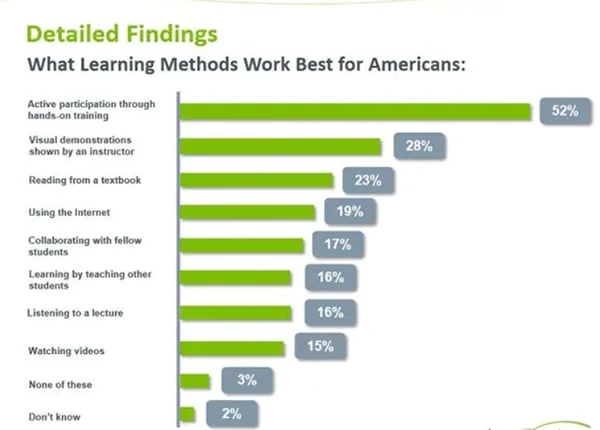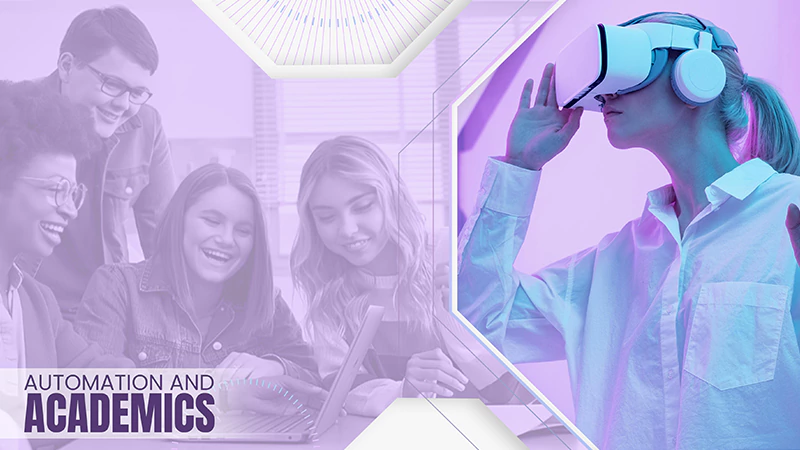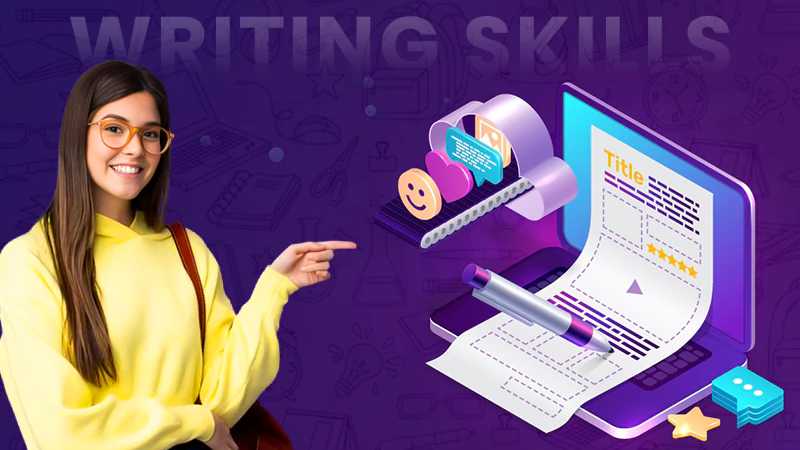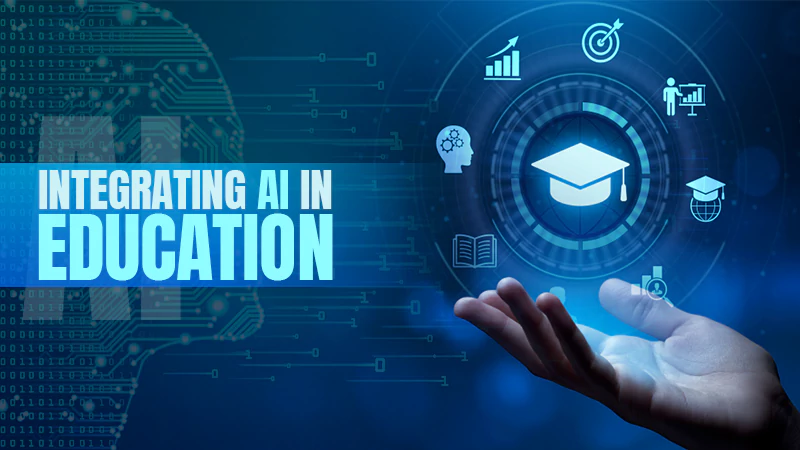The Indispensable Role of Hands-On Learning for Aspiring Tradespeople
Jump To Key Section
- Navigating a Shifting Skills Landscape
- The Tangible Benefits of Hands-On Learning
- Developing Marketable Skills through Direct Experience
- Fostering Innate Learning Processes
- Hands-On Learning as a Problem-Solving Crucible
- Bridging the Training Divide
- The Psychology of Learning
- The Continuous Journey of Learning in the Trades

The essence of acquiring skills in the trades lies deeply rooted in the time-honored tradition of hands-on learning.
Much like how investors monitor NASDAQ futures live to predict market trends, tradespeople use this educational element to forecast their competency in a dynamic job market.
This method is not a novel concept; rather, it’s an educational cornerstone where learners delve into the physical realm of their craft, manipulating tools and materials to forge a profound understanding.
It refers to a multisensory learning perspective that involves more than one of the five human senses. Educators recognize that a hands-on approach has significant value for learners of all ages.
As the trade landscape is redefined by a skills revolution that prioritizes cognitive abilities alongside manual expertise, such practical education becomes increasingly crucial.
Navigating a Shifting Skills Landscape
The employment landscape is shifting under our feet, a metamorphosis echoed by insights from the World Economic Forum.
Do You Know?:
According to Juraschka’s research held in 2019, 74% of teachers have digital game-based learning to enhance their lessons.
As we look toward 2027, industries brace for a significant realignment in labor needs, predicting a surge in intellectually robust technical roles.
The demand for a dual skill set, fusing hands-on experience with analytical insight, is growing, laying bare the inadequacies in current training frameworks.
The Tangible Benefits of Hands-On Learning
Engaging directly with their future trade, learners not only ground themselves in occupational safety but also hone a myriad of adaptive skills:
- Practical Application: The leap from theory to practice is made through active participation in real-world scenarios.
- Technical Proficiency: A heightened level of skill and dexterity is achieved through persistent hands-on interaction.
- Problem-Solving: Real-time troubleshooting in authentic work environments sharpens the ability to resolve complex issues.
Through such dynamic learning, aspirants gain the confidence and competence to pivot with the ever-evolving demands of their professions.
Developing Marketable Skills through Direct Experience
The tactile nature of it equips trade job seekers with commercially attractive skills.
Interesting Fact:
In the early 20th century, psychologists, including Jean Piaget, Kurt Lewin, and John Dewey promoted the value of hands-on, or experiential, learning.
Mastery of tools and techniques through direct experience stands out to employers who prioritize readiness and proficiency.
In the current climate, where analytics and creativity play pivotal roles, the integration of such skills into training molds novices into versatile, innovative craftsmen.
Mastery now also involves leveraging AI and data analytics, embedding cutting-edge competencies within traditional trade expertise.
Fostering Innate Learning Processes
This approach to education does more than teach; it enhances innate learning abilities.
Kinesthetic experiences activate multiple senses, promoting better retention and comprehension.
As learners engage in hands-on tasks, their observational skills are honed, cultivating an attention to detail that becomes invaluable in the professional arena.
Hands-On Learning as a Problem-Solving Crucible
The capacity to troubleshoot and innovate is forged in the fires of it.

Statistics:
Back then, the survey conducted for Everest College by Harris Interactive asked 1,000 adults what methods of learning worked best for them. The graph above demonstrates that for those who are 45 to 54 years old, 28% chose textbook learning as their preferred learning method, compared with just 15 percent for those ages 35 to 44.
It’s a method that instills a problem-solver mindset, preparing learners to apply and adapt their skills fluidly in varied circumstances.
Emphasizing the Importance of Applied Knowledge
The transition from conceptual understanding to practical execution is a defining element of a problem-solver’s skill set.
Encountering and overcoming real-life challenges during training empowers apprentices with the confidence to handle the complexities of their future roles.
Bridging the Training Divide
The World Economic Forum’s findings point to a critical training gap that it can help close.
Access to such immersive training must be broadened, laying the groundwork for a workforce poised to meet the challenges of a transforming job market.
The Psychology of Learning
This concept can be applied to almost any subject including trading. John Dewey (educated at the University of Vermont, with a Ph.D. from Johns Hopkins University) in the early 1900s, developed the theory of progressive learning.
The idea behind progressive learning is that, even though theories are vital, traders ultimately learn through their experiences.
Later in 1930, Piaget developed his theory of cognitive development. His main focus was on process rather than just outcome. However, he emphasized the value of trial and error.
Yet another psychologist postulates that individuals learn best by responding to their environment, so experiential learning is decisive.
Sian Bilock, professor of psychology at the University of Chicago once said, “A very strong predictor of academic achievement was how early individuals were moving, exploring their world. When one can explore their surroundings, all of a sudden, things change”.
The Continuous Journey of Learning in the Trades
The final insight is a timeless truth: mastery in the trades is an unending journey. The pursuit of lifelong learning keeps the tradesperson ever-relevant and innovative.
Encouraging this continuous development is imperative to sustain a workforce that doesn’t just respond to change but drives it.
In closing, the article reaffirms the value of hands-on learning as a bedrock for skill-building in the trades. Yet, the unwavering commitment to self-directed learning and improvement will ensure the workforce remains at the vanguard, shaping not only the present but the future innovations. Click for more details on the continuous journey of learning in the trades and the importance of practical experiences in staying relevant in an evolving market.








